Wool dryer balls, those unassuming, fluffy little spheres, have revolutionized our laundry routines. They help reduce drying time, soften fabrics, and are an eco-friendly alternative to traditional dryer sheets. Best of all, you save money because you no longer have to buy dryer sheets.
However, like any laundry accessory, wool dryer balls need a little TLC to ensure they continue working their magic. Over time, they can accumulate lint and lose some of their effectiveness.
Today, I am going to show you how to clean wool dryer balls and keep them looking fresh for longer!
Just like we need to do from time to time, it’s important to recharge wool dryer balls to keep them in tip top condition.
In this blog post, we’ll unveil the secrets to maintaining and cleaning your wool dryer balls effortlessly. Get ready to prolong their life, save money, and make your laundry days even more efficient with this simple cleaning routine. Let’s dive in!
3 Simple Steps:
- Wash your wool dryer balls in a gentle cycle with hot water.
- Dry them in dryer with your favorite essential oils.
- Re-use your wool dryer balls time and time again!
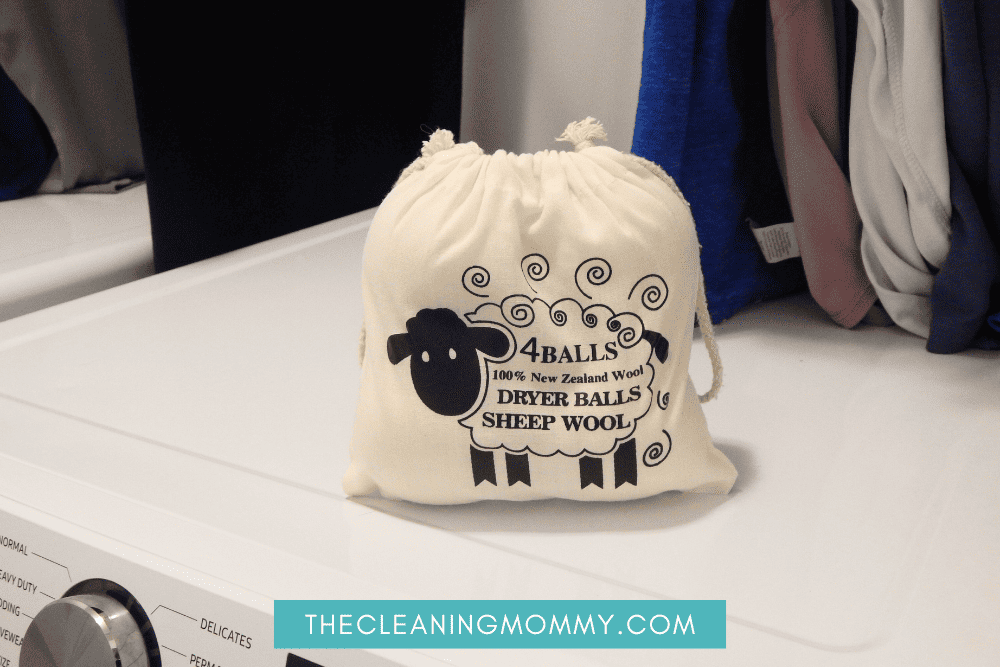
How to Clean Wool Dryer Balls & Freshen Them Up
You can either wash your dryer balls by hand or with the washing machine. Just remember to use warm water when washing your wool balls. If you wash them by hand, allow them to absorb the water and then squeeze the water and filth out. Repeat the steps until they are clean.
#1 How to machine wash wool dryer balls?
- Remove as much dirt and lint as possible using a sweater shaver, or lint remover (or tape)
- Put the ball(s) into a mesh bag or sock
- Toss into your normal (hot water) wash.
#2 How to dry wool dryer balls
Next, put your clothes dryer on high heat and run the dryer balls through it. You can run a separate load or a full load when drying the balls.
However, keep in mind that because they are wet, they won’t contribute to a faster drying load. In fact, given how saturated they are, they might cause the load as a whole to dry more slowly. Make sure they are fully dried before removing them from the dryer drum.
Here’s a little trick to try, add essential oils to the dryer balls before you add them to the next load, and your clothes will come out smelling wonderful. These are my favorite essential oils, I love that I can choose different essential oils to use.
What Are Wool Dryer Balls?
Dryer balls are objects that resemble tennis balls and are usually made from 100% tightly compressed wool. These wool dryer balls are thrown in the dryer with your clothes, and due to their ability to tumble between layers and separate fabrics, they aid in preventing laundry from forming clumps in the dryer.
With increased warm air circulation, as a result, drying time will be shortened. The dryer balls’ motion against materials can also soften clothing, reduce wrinkles, and reduce static buildup.
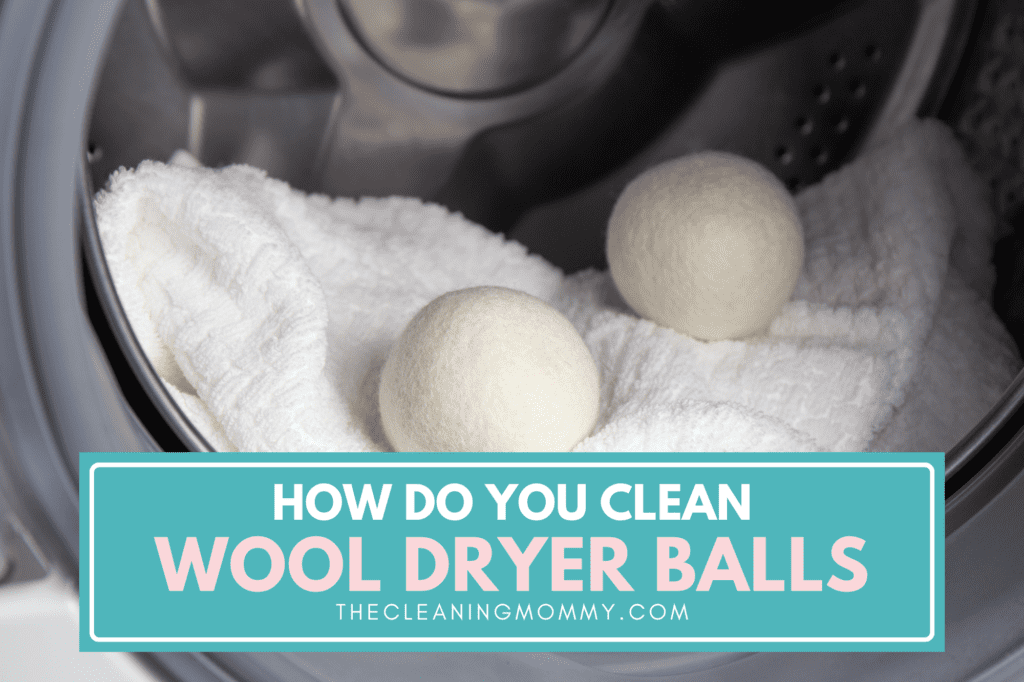
What Are Wool Dryer Balls Made Of?
Wool dryer balls are made from 100% wool yarn or wool fabric strips. There are also plastic dryer balls and rubber dryer balls, but I would 100% recommend wool dryer balls, as the others are not as delicate on the fabric.
What Are the Benefits of Dryer Balls?
Dryer balls are not only useful, but they also have some impressive benefits:
- Reduced Drying Time: Wool dryer balls create better airflow in the dryer, which helps to speed up the drying process. This can save you time and energy.
- Natural Fabric Softening: The gentle friction of the dryer balls against your laundry helps to soften fabrics naturally, reducing the need for chemical fabric softeners.
- Fewer Wrinkles: By preventing clothes from clumping together, wool dryer balls can help reduce wrinkles in your laundry.
- Eco-Friendly: They are a sustainable and reusable alternative to disposable dryer sheets, reducing waste in landfills.
- Hypoallergenic: Wool dryer balls are typically hypoallergenic and safe for people with sensitive skin or allergies. (I can attest to this)
- Cost-Effective: They can last for several years, making them a cost-effective option compared to buying disposable dryer sheets or fabric softeners.
- Natural Odor Elimination: Wool has natural odor-fighting properties, so using wool dryer balls can help remove odors from your laundry without the need for added fragrances.
- Static Reduction: While not as effective as dryer sheets for static reduction, wool dryer balls can still help reduce static in your laundry.
- Chemical-Free: They contain no chemicals, making them a healthier choice for your family and the environment.
- Reusable: You can use them for many loads of laundry before needing to replace them, making them a sustainable choice.
Wool dryer balls generally have a lifespan of around 1,000 loads, making them a durable and long-lasting investment!
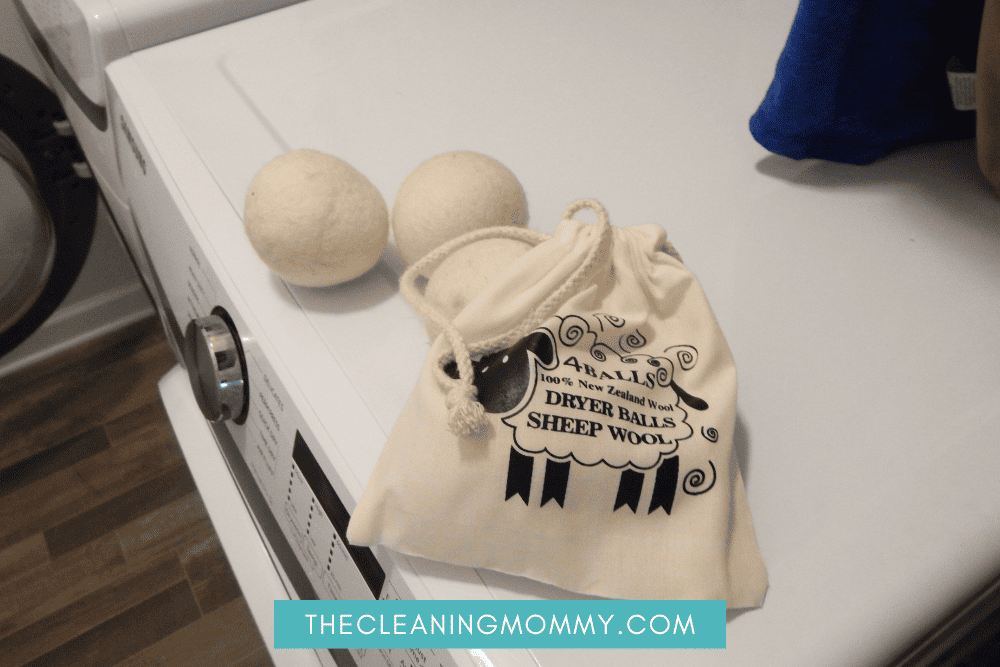
How Do Wool Dryer Balls Work?
Did you know that wool dryer balls can be used instead of fabric softeners and dryer sheets? They not only make doing laundry easier and less expensive, but they also use fewer harmful chemicals, which is good for the environment.
Crafted from entirely organic sheep’s wool, these little wonders are engineered to tumble around within your dryer, forming air pockets that allow rapid moisture escape from your clothing, significantly reducing drying time.
Thanks to their innate moisture-absorbing properties, these woolen balls also soak up excess water as they spin, contributing to an efficient and eco-friendly laundry experience.
Think about this – consider a large load of damp bath towels in the dryer. When you press “start,” that big ball of wet cloth will bounce around and remain together for quite awhile until the layers are dry enough to separate and warm air can circulate. This delays the drying process and wastes both time and energy.
Now, imagine six wool balls bouncing about in your next load of laundry, making their way through the layers of cloth, separating them so the heated air can flow properly right away. Because they are made entirely of wool, they naturally wick moisture away from the garments, producing fluffy, soft laundry free of static cling.
These dryer balls’ natural bounce also ensures that your clothing is static-free after a tumble in the dryer. This makes the subsequent folding process a lot easier. If you add a few drops of essential oils onto the dryer balls, you can also make your laundry smell nice.
Wondering how many balls to add to your load?
3 balls are enough for light to moderate loads. 6-8 balls for standard loads, 8-12 balls for extra-large loads. The drying process is sped up as you add more balls.
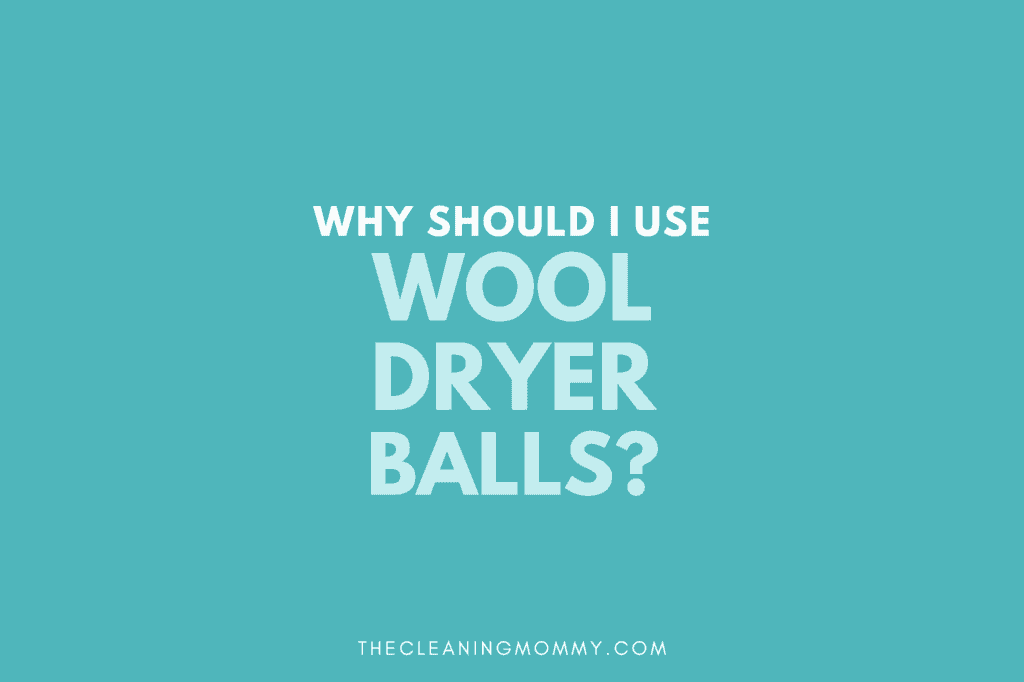
How do you recharge wool dryer balls?
Over time, wool dryer balls can accumulate some lint and fiber buildup, which should be removed to improve their effectiveness. If you notice that your old dryer balls are not as effective anymore, it might be time to clean them.
Recharging is just another way of saying that you should clean up and give your wool balls more fluff. To recharge your dryer balls, you’ll need to rehydrate them by adding warm water. This will revive over-dried wool fibers, improving their ability to absorb moisture while drying. You’re basically giving them some tlc to bring them back to life.
Wool dryer balls should last for 1000’s of laundry loads, so if you care for them the right way and look after them, they will last you a long time. Anything that saves me money, lets me use less energy when drying clothes, and takes up little room in my laundry room – I’m in! Mine came in a little bag, so you can hang them on the wall (if you have limited storage).
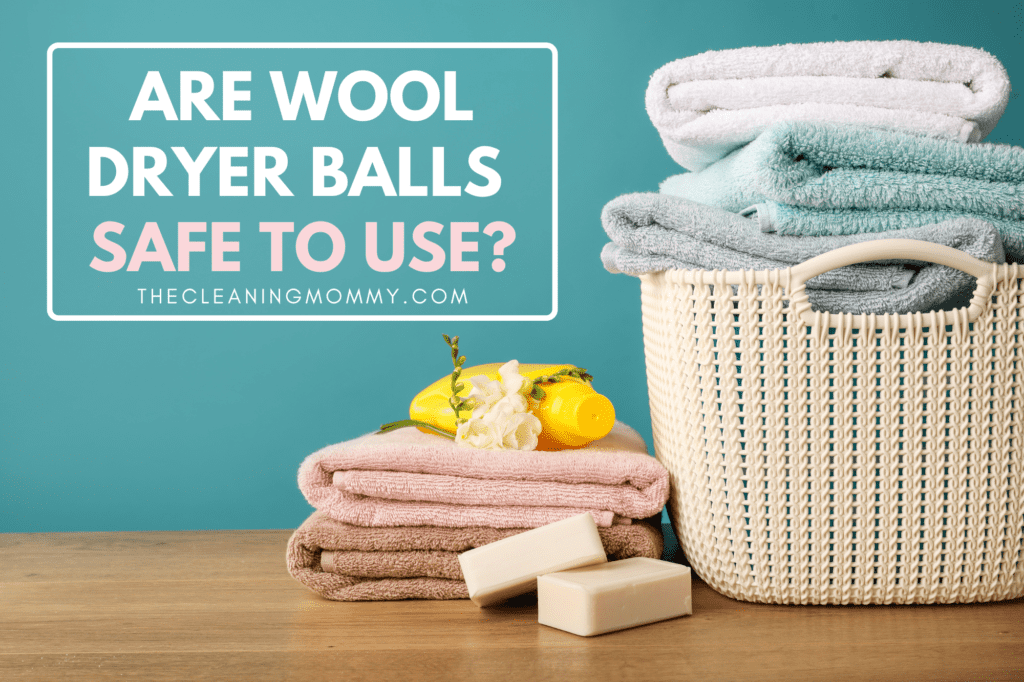
Dryer Balls FAQs
Are all types of dryer balls the same?
No. Some dryer balls are made from rubber or plastic, and others are made from natural materials like wool. Dryer balls made of plastic or silicone appear to harm more delicate materials. Because wool balls are smoother, they won’t pill or harm clothing.
How often should you clean/recharge wool dryer balls?
I would advise recharging them approximately every 100 loads. The majority of wool dryer ball producers claim that their products will last for at least 1000 loads. This implies that in their life cycle, you’ll only need to recharge them ten times.
Which is better- dryer balls or dryer sheets?
I highly recommend replacing your dryer sheets with wool dryer balls. Dryer balls effectively shorten the drying period, which can result in long-term savings on gas and energy use. Whereas the drying time is unaffected by dryer sheets. Unlike dryer sheets, dryer balls can be used again and again, benefiting the environment and saving you money.
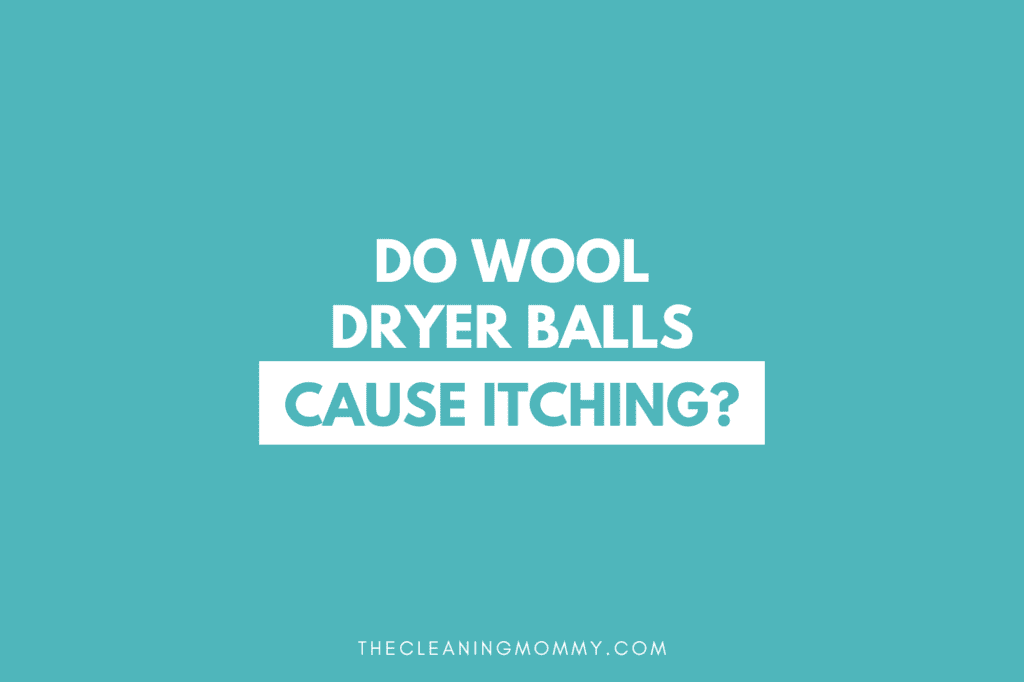
Where to store wool dryer balls between loads?
It’s important to store your wool dryer balls in a well-ventilated area. You can store your dryer ball in the dryer between laundry loads or in its original packaging, casing or bag.
How many dryer balls should you use?
Three balls are enough for light to moderate loads. For larger loads, we use 4 balls. Some people recommend more that that, but we just do 4. You will not harm anything by adding a few more if you wish.
Can wool dryer balls bleed color into white clothes?
No, the wool dryer balls’ color won’t transfer. You can color-coordinate the dryer balls with your loads if you have clothes that bleed (like dark denim or red shirts) and are worried about the fabric dyes transferring between loads. Use a darker color dryer ball for darker loads, and save a lighter color dryer ball for your white sheets or towels.
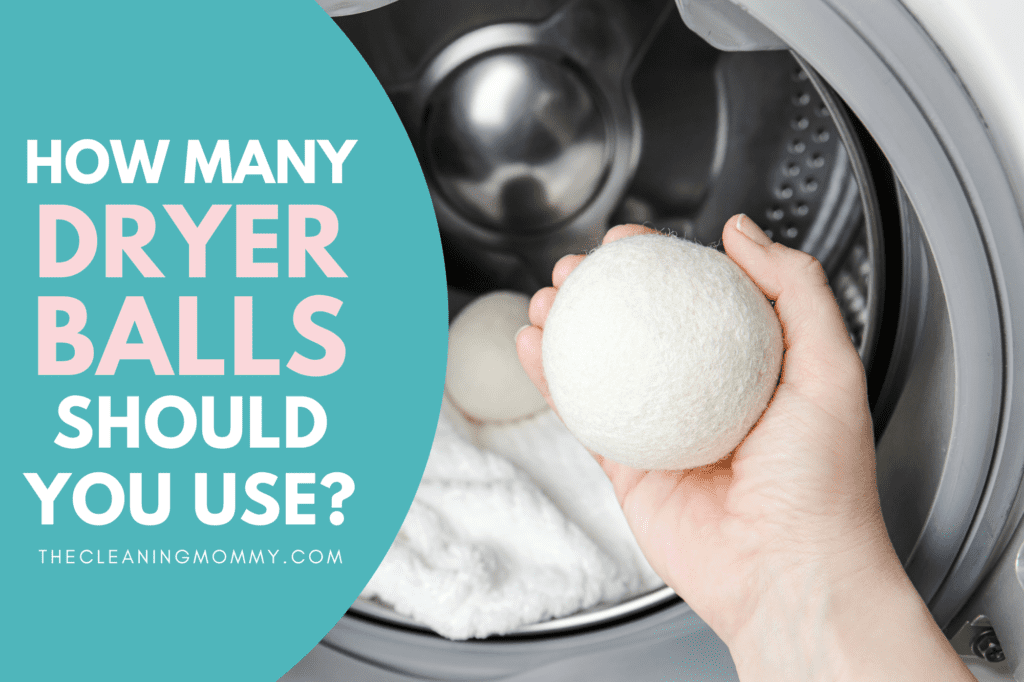
Do wool dryer balls leave any lint?
With brand-new dryer balls, this is possible, but it should stop after a few loads at most. To fix the problem, simply dry them with a load of used towels. You can also buy a set each of white and dark dryer balls and use them with the corresponding loads.
Are wool dryer balls safe to use on baby clothes and diapers?
Wool dryer balls are safe for babies and are the best choice for their delicate skin. Wool balls can be used for baby laundry and cloth diapers. Dryer balls are completely natural and made entirely of organic wool. They are also additive- and chemical-free.
Do wool dryer balls cause itching?
It’s possible that you, like many other people, are sensitive to the short, bristly fibers found in wool and that they itch and irritate your skin. Most of the time, the skin irritation caused by wool is actually caused by a substance called lanolin, which is found in wool.
Although dryer balls are made from wool, the lanolin is removed from wool dryer balls during production. So it is unlikely that the dryer balls will lead to itchy or irritated skin.
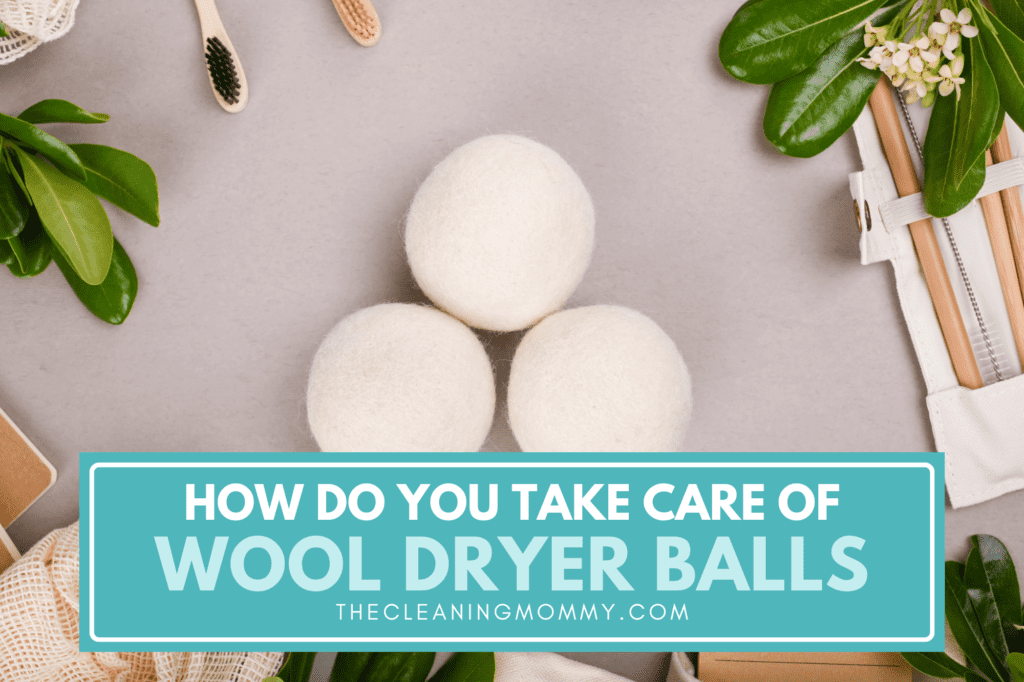
Are wool dryer balls good for pet hair?
Yes. Wool dryer balls are anti-static and can be used to remove pet hair. It can also be used to remove lint and fuzz.
Do wool dryer balls reduce static cling?
Yes and no. Here’s why- static cling is produced when clothing is over-dried. It will occur with or without dryer balls of you run the load too long. Dryer balls work to reduce static because they absorb moisture early in the load, and then deliver it back later in the load, reducing static. You can even wet your dryer balls before you use them the strengthen this effect.
The trick is to stop the dryer before all moisture is removed from the load. Also, try to run loads with similarly heavy garments so that lighter fabrics do not dry well before heavier ones i.e. jeans and tee-shirts.
What to do if there is pilling
Small, hard balls of lint that accumulate on the surface of materials, such as clothing, are usually referred to as “pills,” and the action that creates them is known as “pilling.”
If your dryer ball starts pilling, you can try to regenerate them; however, if their effectiveness is worn down after you’ve tried to recharge the balls, it might be time to replace them. When you recharge the balls, shave them first with an electric razor or sweater shaver to eliminate the pills. Then recharge as usual.
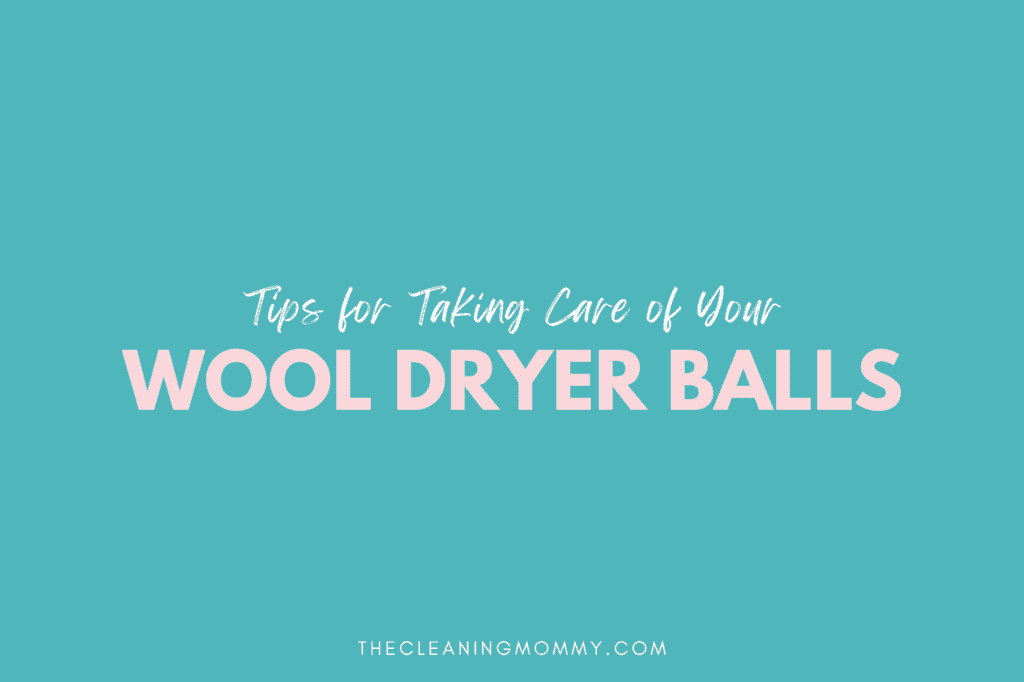
What if I have a wool allergy?
The majority of the time, wool dryer balls are hypoallergenic, which means that they are not likely to trigger allergic responses and are completely safe to use. Dryer balls are a fantastic solution even for people with sensitive skin because the wool is not in contact with the skin, and they do not shed or pill.
I have super sensitive skin and my dryer balls have not irritated my skin at all.
How do I dispose of old wool dryer balls?
Your dryer balls can be composted because they are made entirely of wool. Add them to your compost so they can decompose, benefit the environment, and avoid being disposed of in landfills.
Other Cleaning Articles You May Like:
- The Battle Of Oxiclean vs. Borax In Your Laundry Room
- Can I Put Fabric Softener In The Bleach Dispenser
- How to get lip gloss out of clothes
- Best way to clean used shoes
- How to clean sweat stains out of a hat
- How to get eyeliner out of carpet
- How to wash a sherpa
- How to clean dress shoes without polish
- How to clean bathroom rugs
- How to remove dry erase marker stains from your clothes
- How to get rid of pesky laundry detergent stains from clothes
- Prevent your bathroom towels from getting a mildew smell

Grainne Foley
Grainne Foley is a wife and mother of 2 great kids. During her 5 years of full time RV travel, Grainne learned to become very efficient at household chores, in order to make time for family adventures. Now, back in a house, she has continued to create tools and techniques to help others lighten the load of household organization and cleaning.
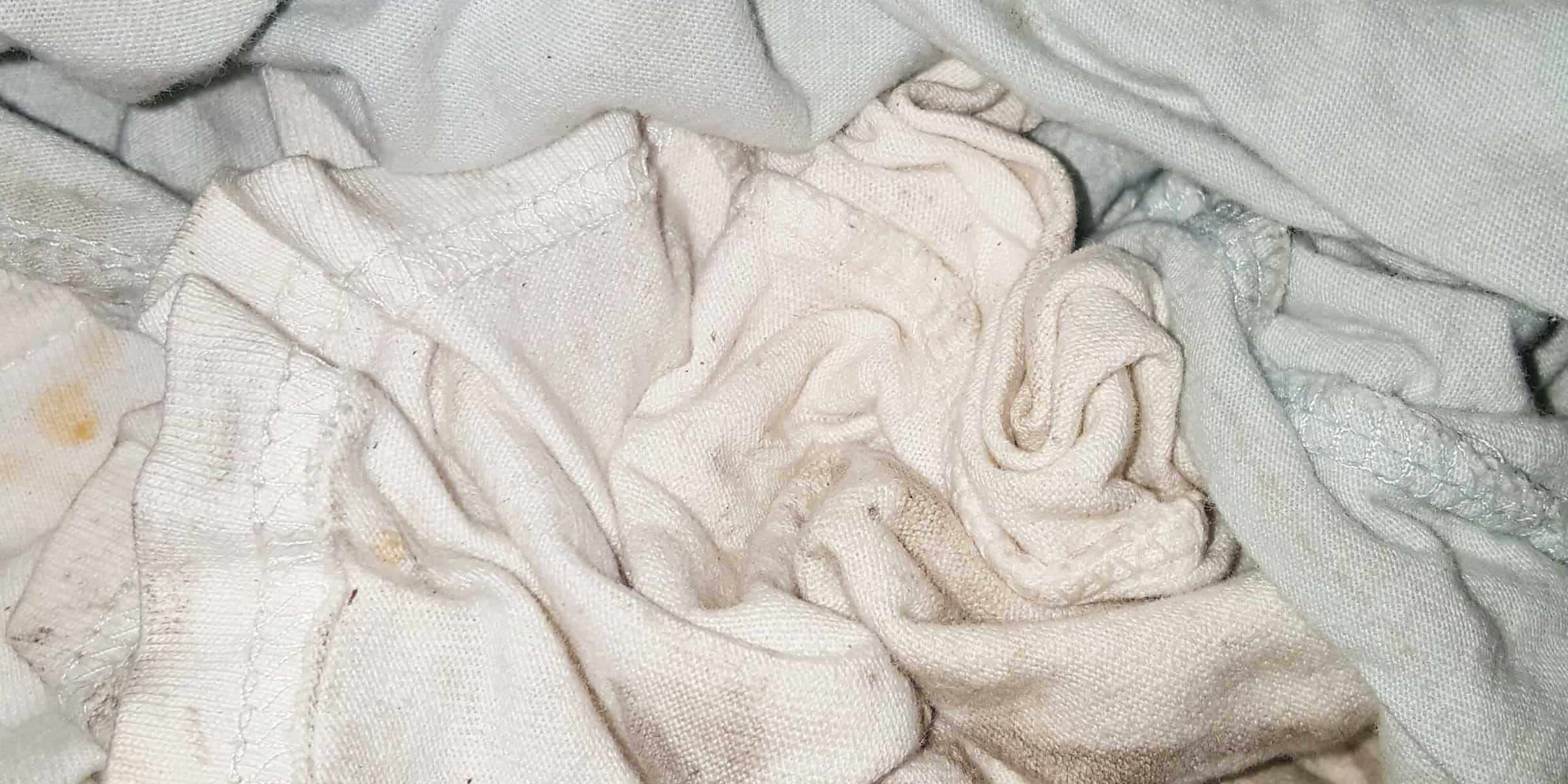
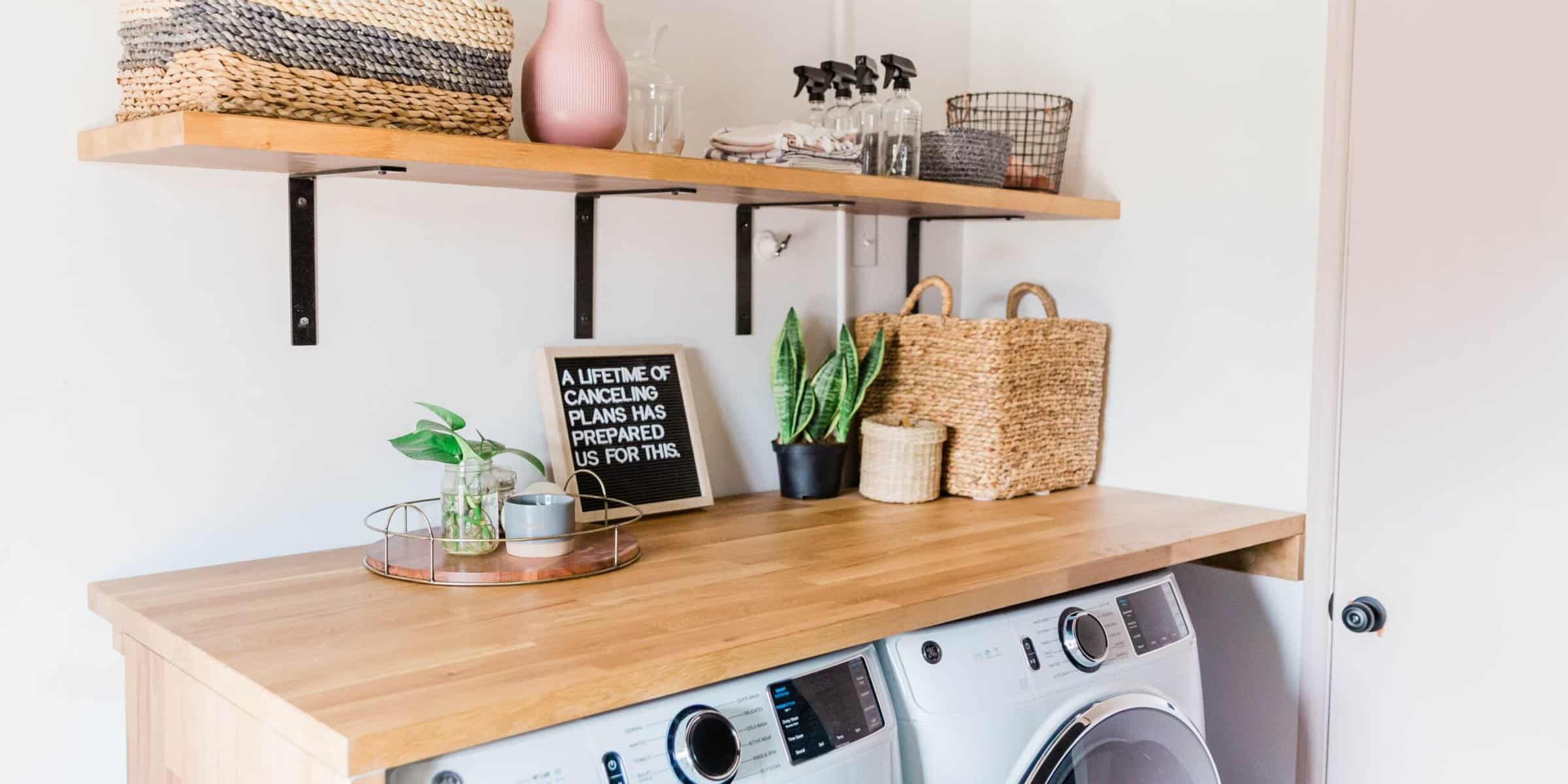
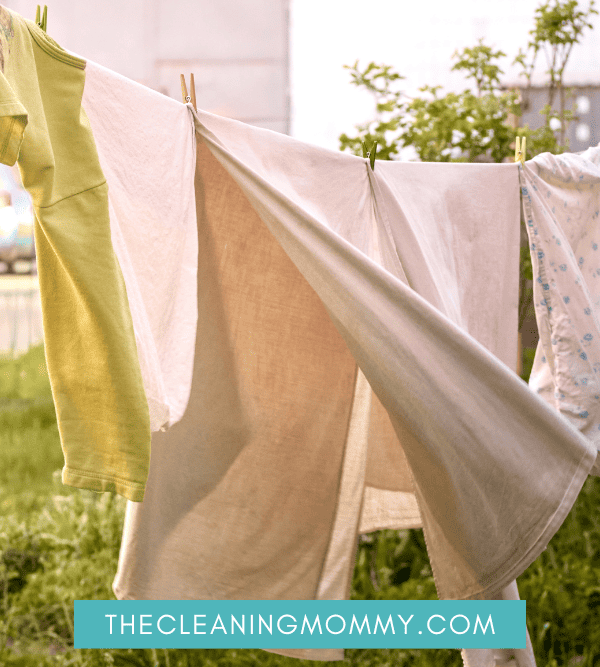
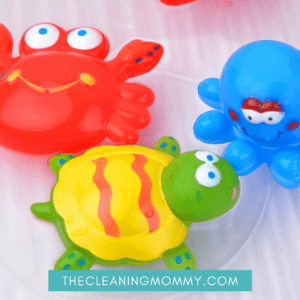
Leave a Reply